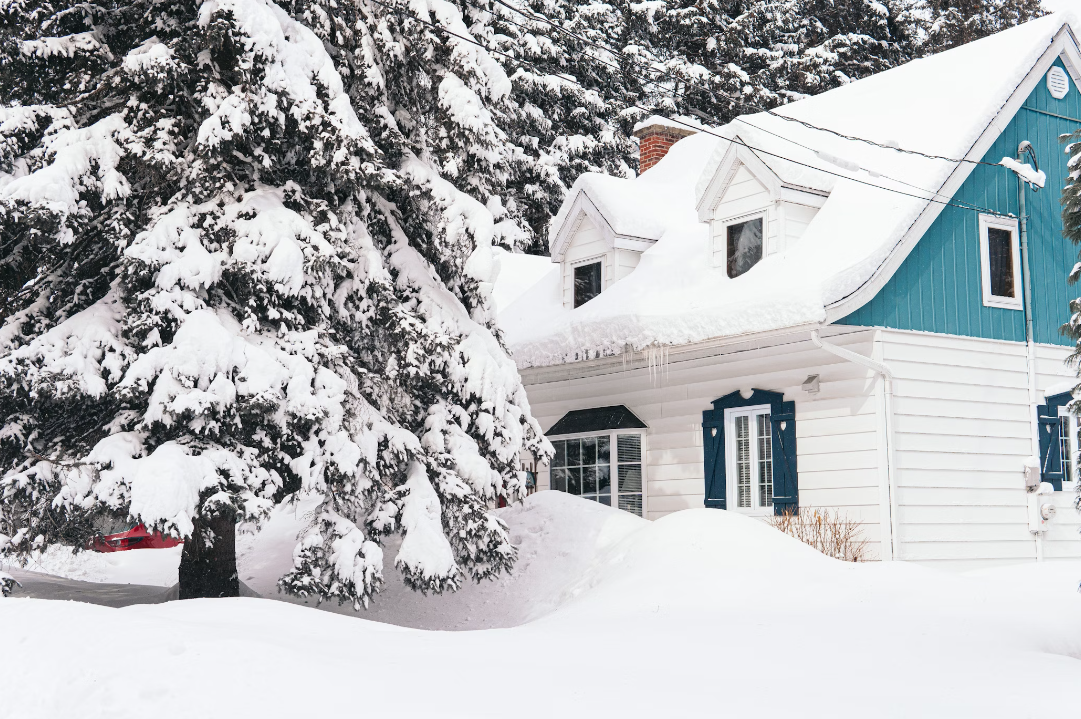
As the winter months begin to fade away and spring approaches, it’s important to take a closer look at your roof. Winter weather can be tough on roofs, causing damage that may not be immediately apparent. In this guide, we will discuss some of the most common roof repairs you may need to make after winter. By being proactive and addressing these issues promptly, you can help extend the life of your roof and prevent more serious problems down the road.
Shingle Damage
Winter storms with strong winds, heavy snow, and ice can cause damage to your shingles. Look for missing or damaged shingles, as well as curling or buckling shingles that may have been lifted by wind gusts. Damaged shingles can leave your roof vulnerable to leaks and water damage. Replace any damaged shingles promptly to protect your home from further harm.
Flashing Issues
The flashing around chimneys, skylights, vents, and other protrusions on your roof plays a crucial role in preventing water intrusion. However, winter weather can cause flashing to become loose or damaged. Check for signs of rust, corrosion, or gaps in flashing that could allow water to enter your home. Repair or replace damaged flashing as needed to maintain a watertight seal.
Gutter Damage
Gutters are essential for directing water away from your roof and foundation. However, they can become clogged with debris like leaves, twigs, and ice during winter months. Clogged gutters can lead to water backing up onto your roof and causing damage over time. Clean out gutters regularly and inspect them for any sagging or damage that may require repair or replacement.
Roof Leaks
After winter storms pass through, it’s important to check for signs of roof leaks inside your home. Look for water stains on ceilings or walls, damp spots in attic insulation, or mold growth that could indicate a leaky roof. Addressing roof leaks promptly is crucial to prevent further damage to your home’s interior and structure. Make sure to consider roof repair as soon as possible to avoid further complications down the road.
Tree Limb Damage
Winter can be especially harsh on trees, resulting in broken limbs that can fall and damage your roof. Heavy snow and ice accumulation can weigh down tree branches, causing them to snap and potentially pierce your roof or damage shingles and gutters. It’s wise to inspect your roof for any impact from fallen limbs and to trim tree branches that hang too closely to your house. Keeping trees well-maintained and branches trimmed back can prevent future damage and help keep your roof in good condition.
After a long winter season filled with snow, ice, strong winds, and freezing temperatures, it’s essential to inspect your roof for any damage that may have occurred. By being proactive about addressing common issues like ice dams, shingle damage, flashing issues, gutter damage, and roof leaks after winter ends, you can help protect your home from costly repairs down the line. Remember that routine maintenance and timely repairs are key to keeping your roof in good condition year-round.


